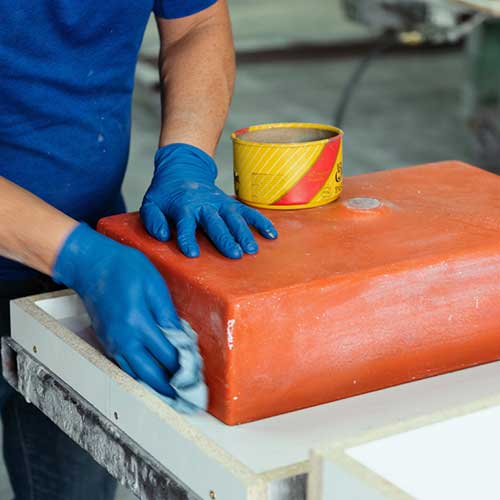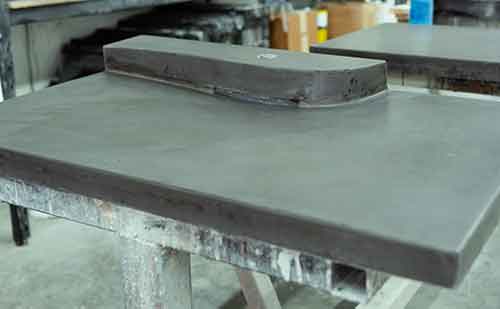The desire for sustainable living and environmentally friendly choices has become a focus in all aspects of modern life, including the design of homes. Concrete is a material often associated with urban landscapes, infrastructure, and industrial aesthetics. However, concrete has a multifaceted role in sustainable home design that is sometimes unexpected.
In this post, we'll take a closer look at concrete and its place in promoting a more sustainable home environment. We’ll explore why and how it's favored in eco-friendly design, shedding light on innovative applications beyond the conventional. Our focus will be on concrete's energy-efficient character and proven durability – two pillars often overshadowed by misconceptions about its environmental impact. Whether you’re an eco-conscious homeowner on the lookout for sustainable materials or a designer aiming to create a green space, this post is for you.
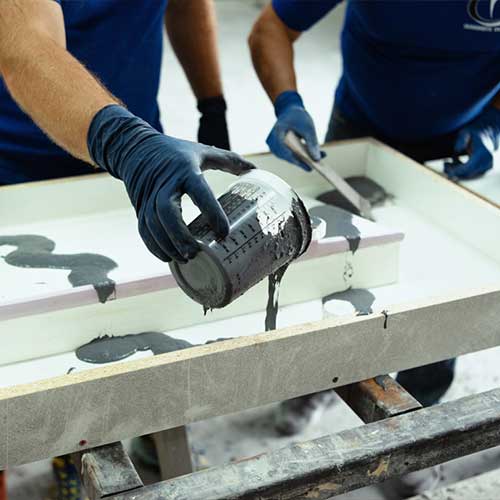
Why Concrete?
Concrete's merits in sustainable home design are numerous, beginning with its formidable durability. Pieces built with concrete can withstand the test of time, reducing the need for frequent repairs and replacements that other materials may demand. This prolonged life cycle inherently promotes sustainability by lowering the consumption of new construction materials.
Furthermore, the largely overlooked quality of concrete lies in its low maintenance. Unlike wood or certain metals, concrete does not require paint, solvents, or other chemical treatments to maintain its structural integrity. It is a material that endures without significant upkeep, reinforcing its eco-credentials.
Concrete Innovation
Beyond its traditional role in structural support, innovative applications are surfacing in home design that ramps up its sustainability. One such area is using eco-friendly additives in the concrete mix that enhance its performance and lessen its environmental impact. By incorporating materials like fly ash, slag cement, or even silica fume, the concrete industry is transforming the composition of the material to be less carbon-intensive, making way for a more sustainable product.
The adoption of recycled materials, such as reclaimed aggregates, in concrete production not only diverts waste from landfills but also lowers the demand for newly quarried materials. This integration of recycled content doesn't sacrifice the strength of the material, proving that sustainability and durability can indeed go hand in hand.
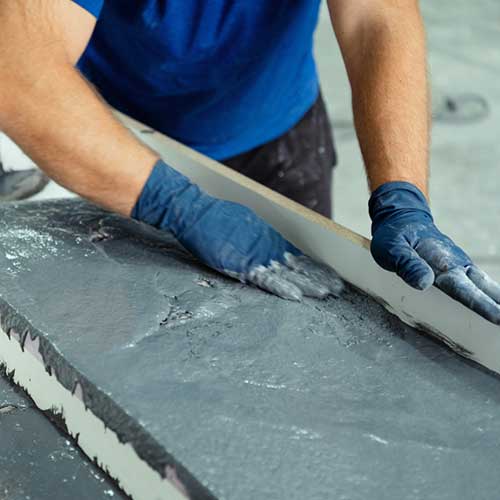
Environmental Impact
Discussing concrete necessitates addressing its environmental impact. An often-cited fact is that concrete production contributes significantly to global carbon dioxide emissions. The cement component in concrete plays a major role, with traditional production methods linked to substantial emissions.
However, the narrative shifts when considering concrete's full life cycle. Due to its durability and recyclability, the long-term perspective is more promising. Concrete excels in life cycle assessment compared to materials like wood and steel, which require more frequent replacement and contribute to deforestation in the case of wood.
The sustainability of concrete production is often overlooked, but evaluating its impact throughout a building's entire life cycle reveals a nuanced and compelling story.
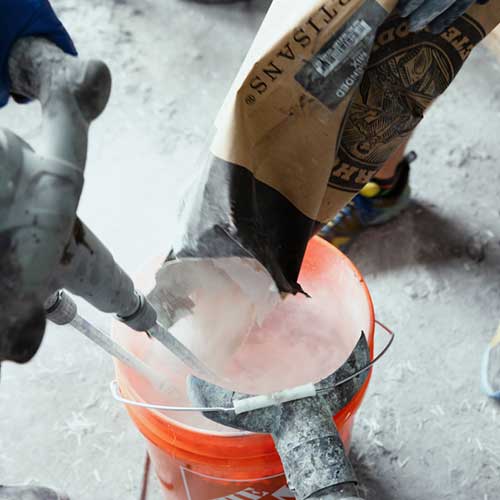
Concrete in Countertops and Sinks
One of the emerging areas for concrete in home design is in the creation of countertops and sinks. Advances in custom precast concrete have led to ultra-thin, ultra-strong, and surprisingly lightweight castings. Concrete offers both an aesthetic appeal and practical benefits as a material that does not rust, rot, or burn, while also showcasing a sense of modern craftsmanship.
Concrete countertops and sinks are gaining popularity among the sustainable design community for good reason. This material has a long lifespan, lower life-cycle costs, and is highly durable, making it perfect for kitchen and bathroom fixtures that need to withstand regular wear and tear. With the right mix and application, homeowners can have a custom, one-of-a-kind piece in their homes that is both unique and eco-friendly.
The Role of Concrete in the Sustainable Home
In our eagerness to adopt new and 'green' materials, there's a risk of overlooking the sustainability potential of those we have long considered conventional. In the story of concrete, we see a material that is more than a foundation – it is a canvas for innovation, a testament to durability, and, in many ways, a silent champion of sustainability.
The call to action here is not to view concrete in extremes of black and white, but rather appreciate the shades of grey that define its role in the sustainability spectrum. For homeowners and designers alike, understanding these nuances can lead to more informed decisions that balance our desire for aesthetically pleasing homes with the need for long-term environmental stewardship.
